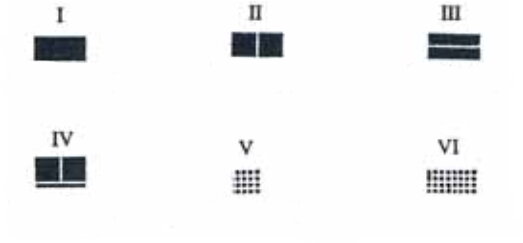Stamp: Landscape Stamp Overprint "PORTO" and new value (Yugoslavia, Issues for Istria and Slovene Coast 1946)
Landscape Stamp Overprint "PORTO" and new value (Yugoslavia, Issues for Istria and Slovene Coast 1946)
07 September (Yugoslavia, Issues for Istria and Slovene Coast ) within release Occup. Yugoslavia - 2WW - Italy - Istria Sloveno goes into circulation Stamp Landscape Stamp Overprint "PORTO" and new value face value 2 Italian lira
| Stamp Landscape Stamp Overprint "PORTO" and new value in catalogues | |
|---|---|
| Sassone: | Sas: IT-OC YU S15A/II |
Stamp is square format.
Numerals of value with Serifs, "2" with curly foot Type II of the surcharge that overlays the previous face valueAlso in the issue Occup. Yugoslavia - 2WW - Italy - Istria Sloveno:
- Stamp - Landscape Stamp Overprint "PORTO" and new value face value 1;
- Stamp - Landscape Stamp Overprint "PORTO" and new value face value 4;
- Stamp - Fishes / Overprint "PORTO" and new value face value 10;
- Stamp - Fishes / Overprint "PORTO" and new value face value 10;
- Stamp - Fishes / Overprint "PORTO" and new value face value 20;
- Stamp - Fishes / Overprint "PORTO" and new value face value 20;
- Stamp - Fishes / Overprint "PORTO" and new value face value 30;
- Stamp - Fishes / Overprint "PORTO" and new value face value 30;
- Stamp - Landscape Stamp Overprint "PORTO" and new value face value 2;
- Stamp - Landscape Stamp Overprint "PORTO" and new value face value 2;
- Stamp - Landscape Stamp Overprint "PORTO" and new value face value 1;
- Stamp - Landscape Stamp Overprint "PORTO" and new value face value 1;
- Stamp - Landscape Stamp Overprint "PORTO" and new value face value 2;
- Stamp - Landscape Stamp Overprint "PORTO" and new value face value 2;
- Stamp - Landscape Stamp Overprint "PORTO" and new value face value 2;
- Stamp - Landscape Stamp Overprint "PORTO" and new value face value 2;
- Stamp - Landscape Stamp Overprint "PORTO" and new value face value 4;
- Stamp - Landscape Stamp Overprint "PORTO" and new value face value 4;
Stamp Landscape Stamp Overprint "PORTO" and new value it reflects the thematic directions:
In botany, a fruit is the seed-bearing structure in flowering plants (also known as angiosperms) formed from the ovary after flowering. Fruits are the means by which angiosperms disseminate seeds. Edible fruits, in particular, have propagated with the movements of humans and animals in a symbiotic relationship as a means for seed dispersal and nutrition; in fact, humans and many animals have become dependent on fruits as a source of food. Accordingly, fruits account for a substantial fraction of the world's agricultural output, and some (such as the apple and the pomegranate) have acquired extensive cultural and symbolic meanings. In common language usage, "fruit" normally means the fleshy seed-associated structures of a plant that are sweet or sour, and edible in the raw state, such as apples, bananas, grapes, lemons, oranges, and strawberries. On the other hand, in botanical usage, "fruit" includes many structures that are not commonly called "fruits", such as bean pods, corn kernels, tomatoes, and wheat grains. The section of a fungus that produces spores is also called a fruiting body.
Flora is the plant life occurring in a particular region or time, generally the naturally occurring or indigenous—native plant life. The corresponding term for animal life is fauna. Flora, fauna and other forms of life such as fungi are collectively referred to as biota. Sometimes bacteria and fungi are also referred to as flora, as in the terms gut flora or skin flora.


